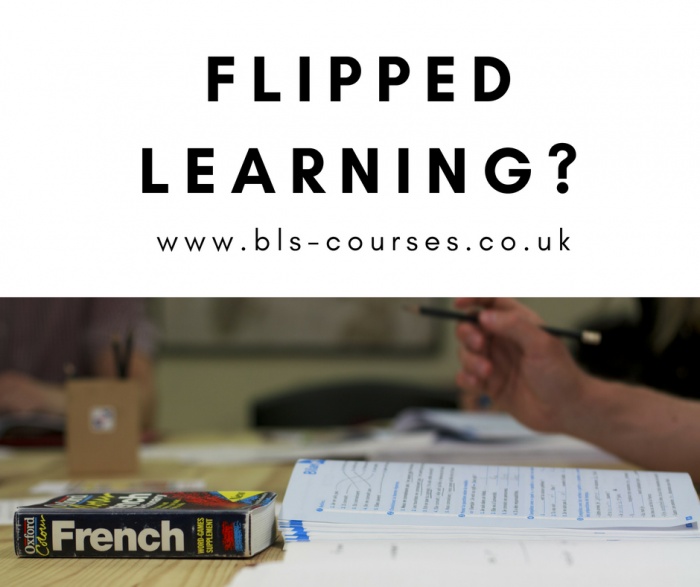Don’t bother just to be better than your contemporaries or predecessors. Try to be better than yourself. William Faulkner
In the post-method era, the role of language teachers changed, as did the learners’, who do not receive their knowledge passively, but are instead expected to actively participate in learning. There are many pedagogical innovations that support this notion of student-centred teaching, one of which is flipped learning. The flipped learning method can improve the foreign language learning experience of adult language learners and, in turn, equip students with the right skills to become life-long learners.
Flipped learning means that students are first exposed to material outside of class in the form of homework and then use class time to utilise this in a meaningful way using different forms such as group activities and project-based language learning. In flipped learning approach, students are expected to be active and responsible learners who take care over their home study before becoming actively involved in the lesson by asking questions, critiquing ideas, analysing concepts, giving presentations and taking part in debates. For teachers, the idea of flipped classes is based on designing active, hands-on, creative activities for in-class learning and for students to prepare for such activities at home by reading articles, watching videos or analysing info-graph instructions.
When implementing the flipped learning model and consequently the culture of life-long learning, we may also increase the mastery of our students in the intended subject matter. In his TED talk Let’s teach for mastery – not test scores, Salman Khan, accidental founder of the Khan Academy; an educational site regularly visited by seven million people, presents teaching from a different perspective, in which we as teachers help students to achieve mastery and guide them to develop the right mindset muscle and perseverance. We can achieve this through various factors which are part of flipped learning, for example, individual feedback and support from the teachers, specifically designed activities and the adaptable pace of the lessons. Here, the aim is not to get a good mark, but to truly and authentically learn the subject matter and deeply and meaningfully engage with the topic.
You can learn more about flipped learning, e.g. here.
Have you ever heard about flipped learning? What do you think about this approach? Please let me know in the comments below.
Kinga Macalla

